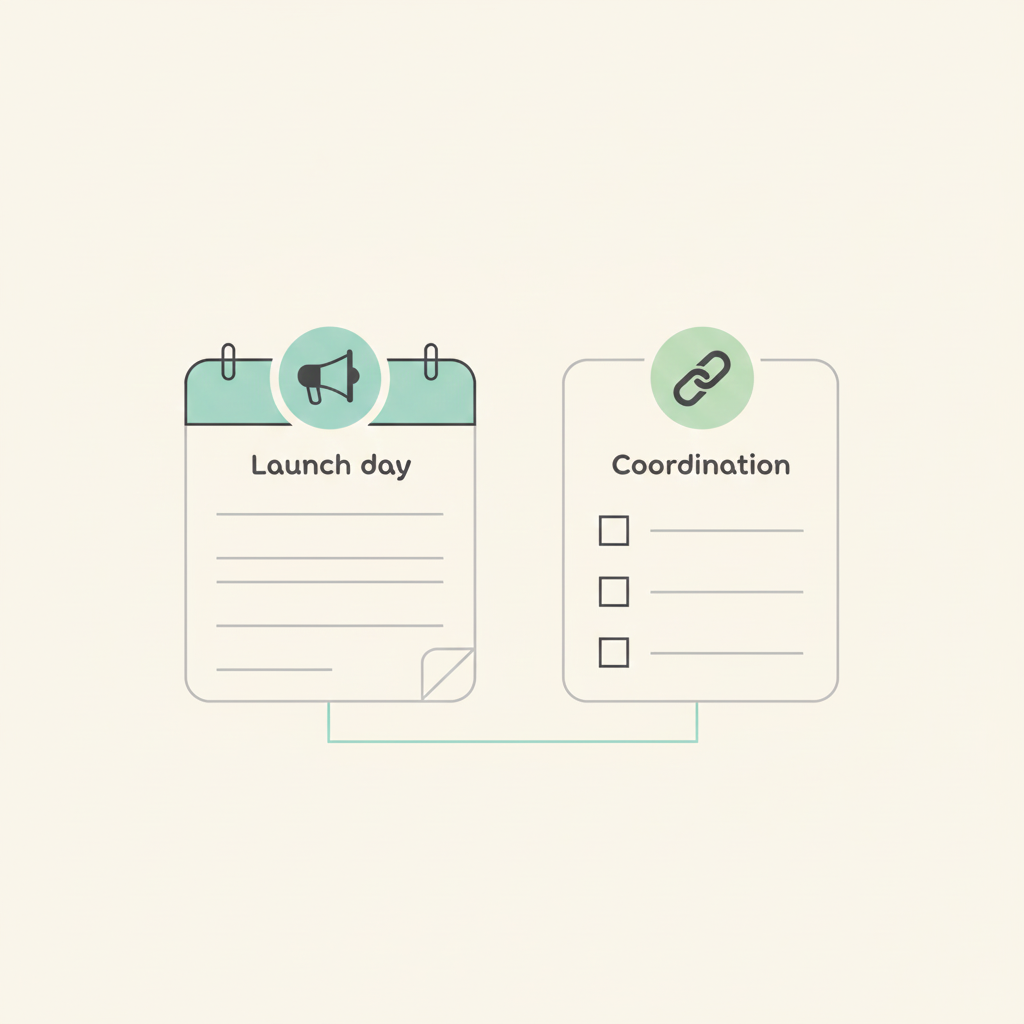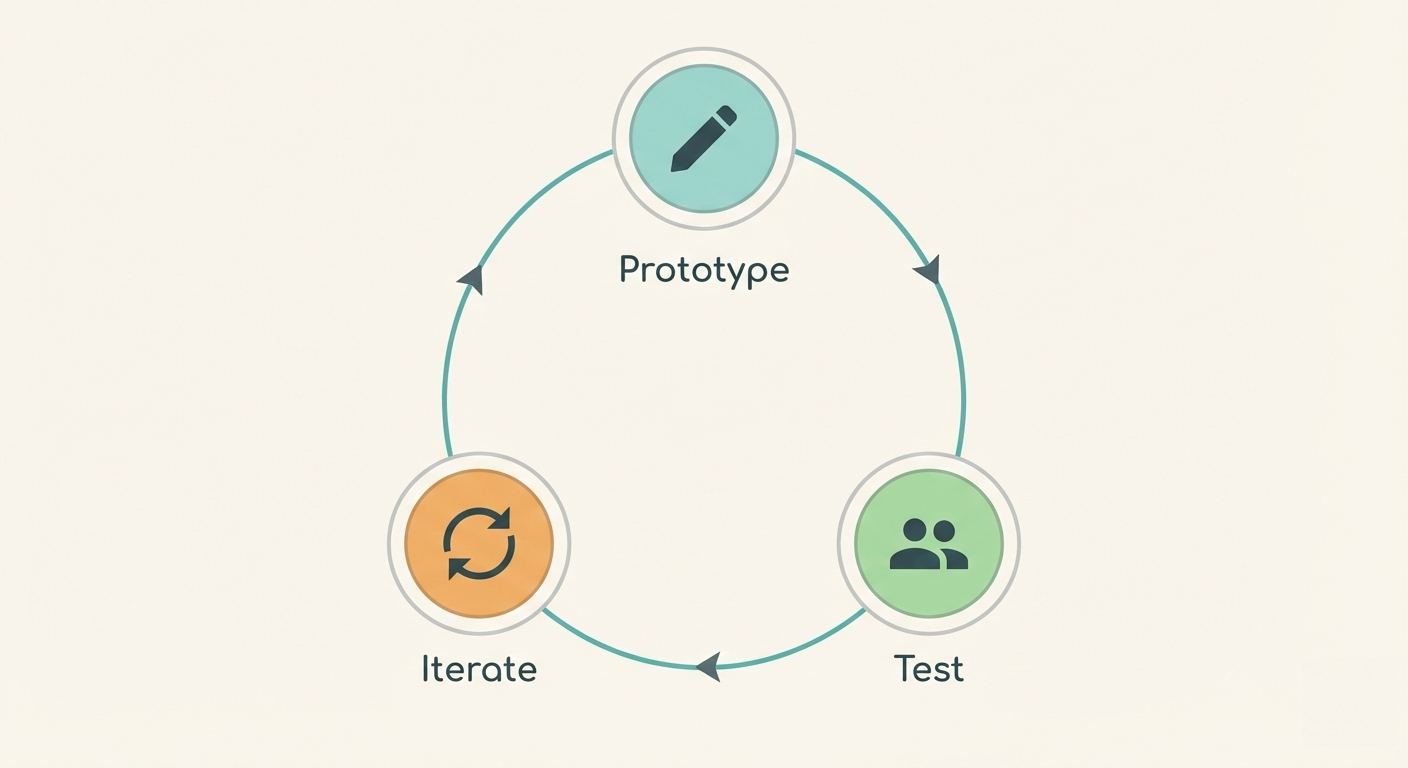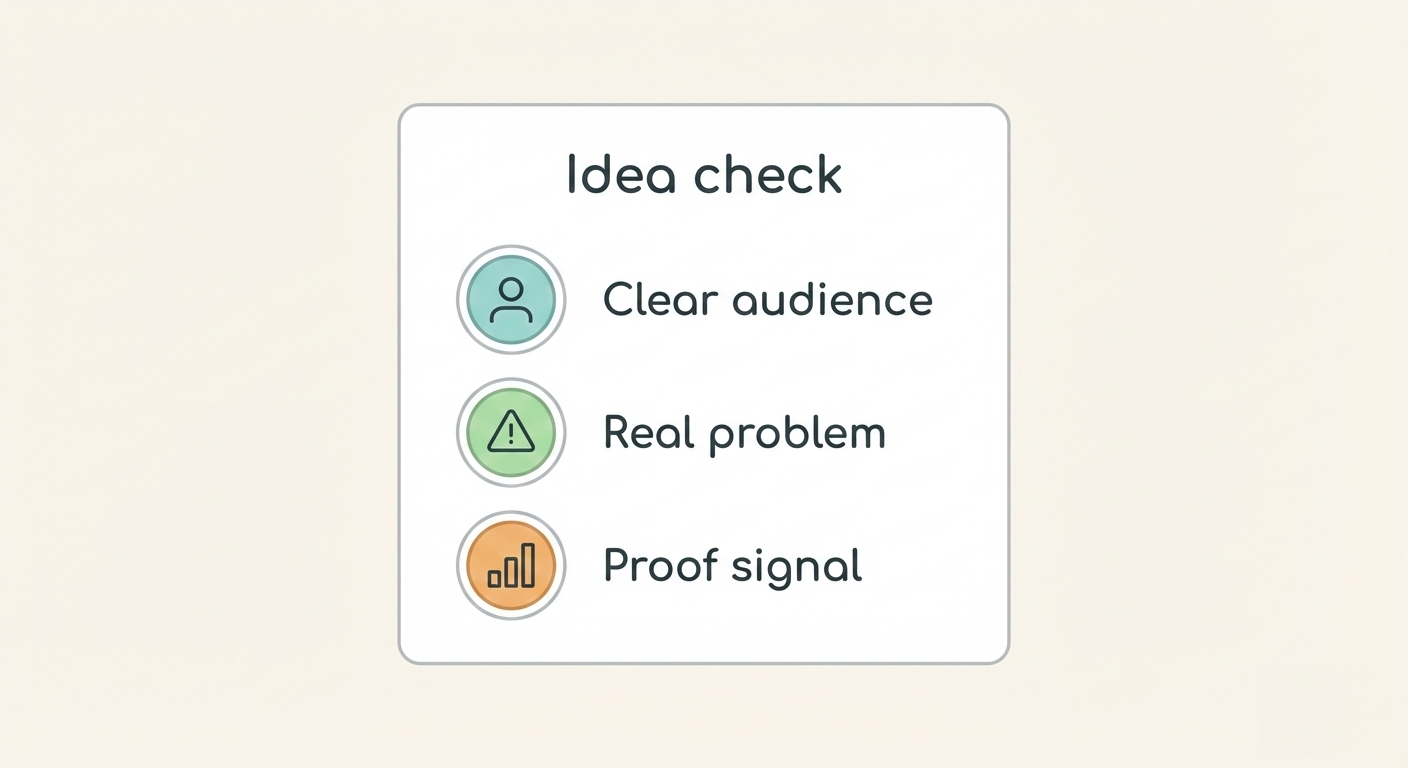Why our team switched to simple project management software
Contents
At Link Inbound, a small marketing agency that often works with freelancers, we deal with shifting plans, rotating team members, and the need to keep projects moving without hand-holding. The same pattern shows up inside large companies where small teams handle their own projects. We tested Asana, ClickUp, and Monday.com. They offered many views, fields, and rules, but simple actions took too many steps. Adding a task felt like filling a form, onboarding a freelancer needed a short guide, and updates hid across tabs. We needed a tool that kept tasks clear.
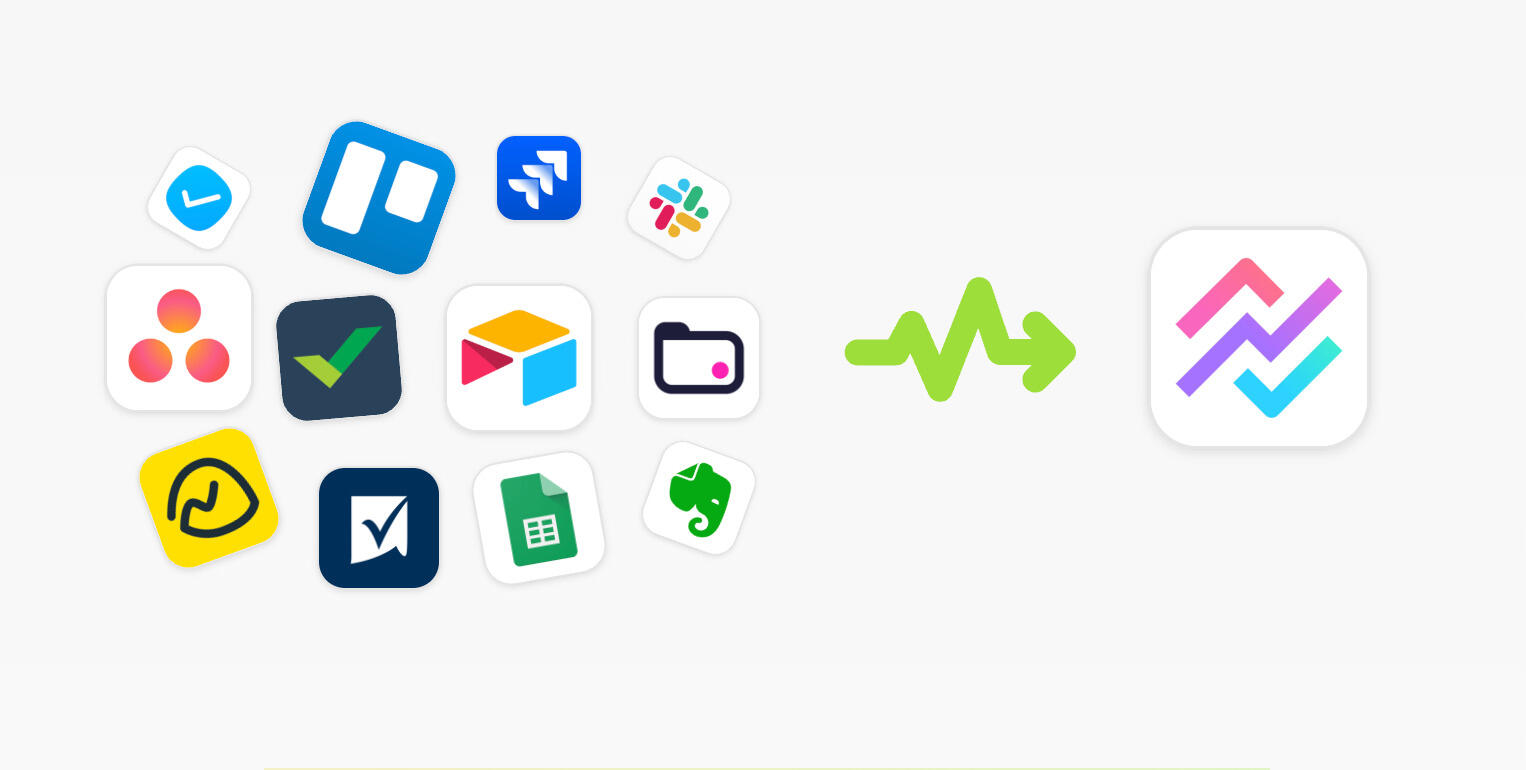
From there, the plan was clear. We looked for project management software that is easy to set up, simple to maintain, and flexible when workloads spike. We wanted one place for tasks, comments, files, and due dates so context stays put. The board should show what matters today, new people should understand it in minutes, and updates should be easy to find. That is the standard we used to choose Breeze.
1. Complex tools slowed us down
Complex project management tools turned routine steps into chores. Creating a task felt like filling out a long form no one needed. In Asana, templates added required custom fields that slowed quick adds. In ClickUp, required fields and custom statuses blocked saving a simple task. In Monday.com, choosing the right board, group, and owner took extra clicks before you could even type the title.
Extra features were sometimes scattered. In Monday.com, automations moved items or flipped statuses, so cards jumped out of view and updates were missed. In Asana, Rules shifted tasks between sections and set dates without context, which made changes hard to trace. In ClickUp, updates spread across Spaces, Folders, Lists, and views, so the Everything view was noisy. The same questions kept coming back. Where is the file? Which comment is final? Who moved this to review? Time went into searching instead of shipping. According to the PMI report, teams that use structured project management practices see 38 percent more projects meet their original goals than teams without a clear system. That only helps if the system stays clear.
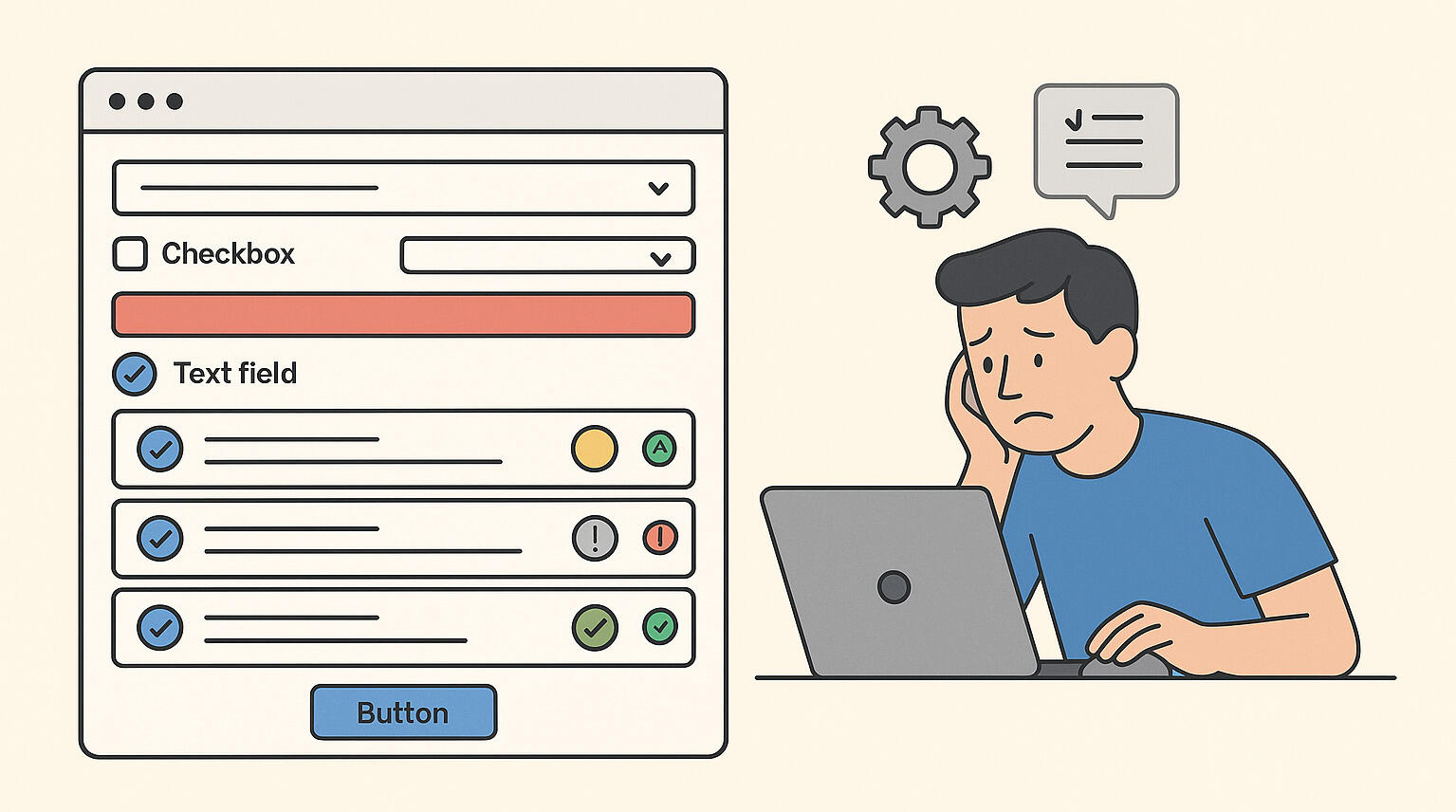
New people felt the weight first. In Asana, guest permissions often led to I cannot see this task until each project and subtask was shared. In Monday.com, subscribers and item permissions had to be set just right or contractors saw too much or too little. In ClickUp, inviting someone to the right Space or Folder was step one, then they hit a flood of notifications from views they did not use. To cope, we built side habits such as private checklists, local folders with final files, and notes kept outside the tool because the official space was slow. That was the red flag. When the tool cannot hold the work cleanly, the team works around it and the process splits in two. We were maintaining software instead of delivering projects, so a change was needed.
2. A better fit for a small, flexible team
Work shifts between long client retainers and short sprints. Some weeks the same project runs for months with steady updates. Other weeks, a two-person crew brings in a freelancer for ten days, ships, and moves on. This pattern is common in small agency project management and in small teams inside large companies. The tool has to handle both rhythms without extra effort. Tasks should be easy to add, assign, and track. Comments and files should live on the task so context does not scatter. A new person should open the board, read one short note on how you work, and start within minutes. If the tool needs a course or a long setup, it will slow the team when the pace is highest.
Quick onboarding, clear task tracking, and minimal setup became the non-negotiables. A simple board with columns like To do, In progress, Waiting for review, and Done covers most work. Checklists handle small steps inside a task. Labels group by client or service when needed. That is enough to run an ongoing project and a short collaboration on the same board. These needs ruled out most enterprise-level tools. They are designed for many layers, complex roles, and detailed workflows. We needed a system that keeps work visible and easy to move, not one that asks for fields and approvals before anything can start. Choosing a simpler platform met the real goal, which is finishing the work on time while keeping handoffs clear.
3. Why simple software works best for small teams
Simple tools help people see the work, start fast, and keep context in one place. That matters in small agencies and in small teams inside large companies. Fewer settings mean fewer places for updates to hide. Clear boards, short checklists, and task comments cover most needs without long setup or training.

Clear task visibility
A straightforward board makes priorities obvious. Columns like To do, In progress, Waiting for review, and Done show the state of every task at a glance. Each card has an owner and a due date, so no one wonders what to do next. Filters let you view only your tasks or only this week's deadlines without building reports. In stand-ups, the board is the plan. You scan the columns, call out blockers, agree on handoffs, and move on. No extra status docs needed.
Collaboration without clutter
Good collaboration sits on the task, not in a dozen places. Comments, mentions, and attachments live together, so the conversation stays tied to the work. Tag the right person, add the file, and the thread stays short and relevant. When a task moves to review, the reviewer sees the brief, drafts, and notes in one view. Feedback is faster because no one is chasing links or switching apps to find context. Fewer tools; fewer missed messages.
Easy access to past work
Finished tasks keep the record. You can open a card months later and see the brief, versions, feedback, and final files. That saves time when a client asks what was shipped last quarter. For repeat jobs, duplicate a task or checklist, tweak the details, and start. No rebuilding from memory. When teammates change, the history helps new people get up to speed without a long handover. Clear archives reduce mistakes and keep work moving.
4. How Breeze changed project workflows
Switching to Breeze cut the time we spent on setup and status. Creating a task became a short, clear step. We write a title, add a line of context, set a date, attach a file if needed, and assign an owner. The card appears on the board where everyone expects it. Stand-ups got shorter because the board already showed the plan, so we used the time to handle blockers instead of reading updates.

- Task boards for clear project tracking. Our columns match how we work, such as To do, In progress, Waiting for review, and Done. Cards move as the work moves, so status is always current without a separate report. Filters help each person see only their tasks or this week's deadlines. During planning, we scan the board, spot bottlenecks, and reassign a few cards to balance the load.
- Simple comments and attachments for sharing details. Each task holds the brief, the discussion, and the files. Mentions bring in the right person at the right moment, which keeps threads short and relevant. Review is faster because the context, drafts, and final assets sit in one place. No one hunts through chat or drives for the latest version, and decisions are easy to trace later.
- Easy assignment of tasks to contractors or freelancers. Bringing in outside help is easy. We invite the person to the project, assign the cards they own, and they can start right away. They see only what they need, which keeps focus tight and limits confusion. If a contractor hands off work, the next person opens the same card and continues with the full history.
Small helpers add up. Checklists track sub-steps inside a task, due dates keep time-sensitive items visible, and labels group work by client or service when we need to slice the board. None of this asks for long configuration, so the team keeps moving. The result is less admin, faster handoffs, and more time spent on client work.
5. Results after switching
The first change was fewer missed deadlines. Work sat in one place, with owners and dates visible on the project boards, so nothing hid in chats or side files. Stand-ups were shorter because the status was already clear. We spent that time on blockers and next steps, not on recaps.

Back-and-forth messages dropped. Comments and files lived on the task, so answers were easy to find. Reviews moved faster because the reviewer had context, drafts, and the latest version in one view. Handovers were smoother too. When a freelancer joined, they filtered the board by their name and started within minutes.
Focus shifted to client work instead of tool management. Less time went into creating views, updating fields, or writing separate status notes. More time went into briefs, drafts, edits, and delivery. Clear ownership also reduced rework. People knew who to ask and where to post updates, which kept threads short and decisions visible.
Scope stayed tighter. Checklists and due dates made it easier to say what belongs now and what waits for later, which helped prevent scope creep. When a repeat job came in, we duplicated a past task, kept what worked, and skipped avoidable steps. Over time these small gains added up. The team hit dates more often, answered fewer "where is that file" questions, and kept attention on the work that matters.
6. How to choose the right project management tool for a small team
- List must-haves. Write the few features you will use every day, such as task visibility, quick setup, and basic comments with files. If your work needs simple planning, a tool that supports a light project plan template can help.
- Test with a real project. Run an active deliverable in the tool for one to two weeks. Watch how people add tasks, find files, and hand off reviews during normal work.
- Check onboarding speed. A new teammate or freelancer should understand the board and start in under an hour. If they need a long guide, the setup is too heavy.
- Get feedback early. After a week, ask if the tool makes work easier, harder, or no different. Keep what helps, remove what slows people down.
- Compare admin time. Track time spent creating tasks, changing status, and reporting progress. If that time drops versus your current setup, you likely found a fit.
Pick the tool that keeps work visible, reduces extra clicks, and helps the team ship on time.

